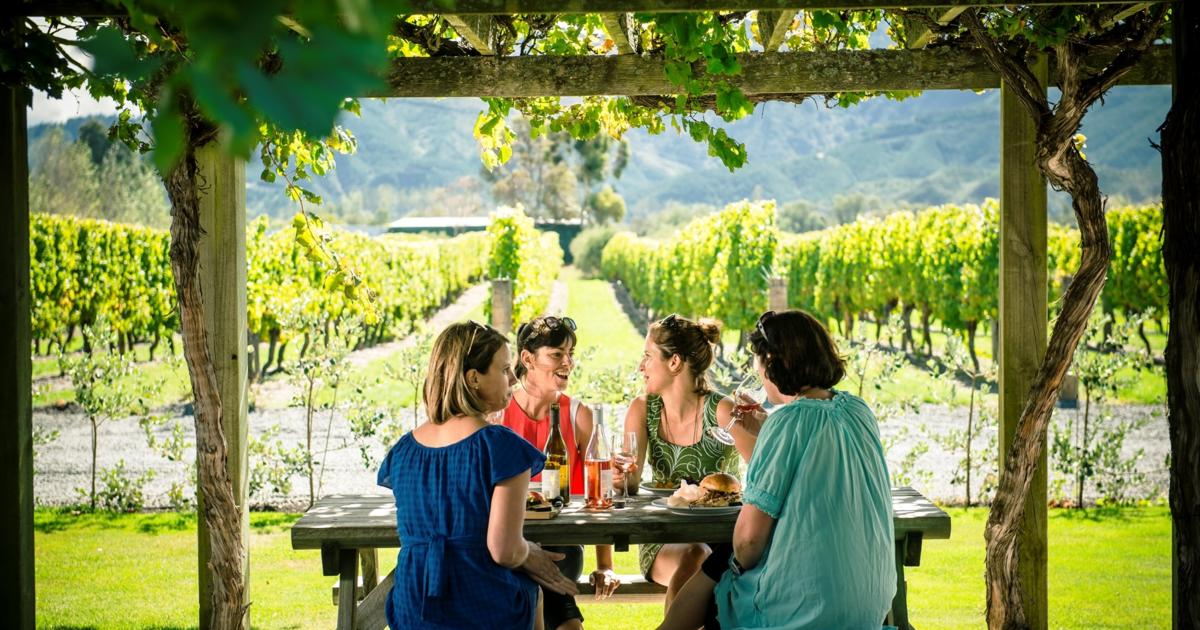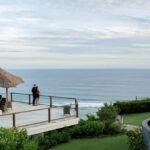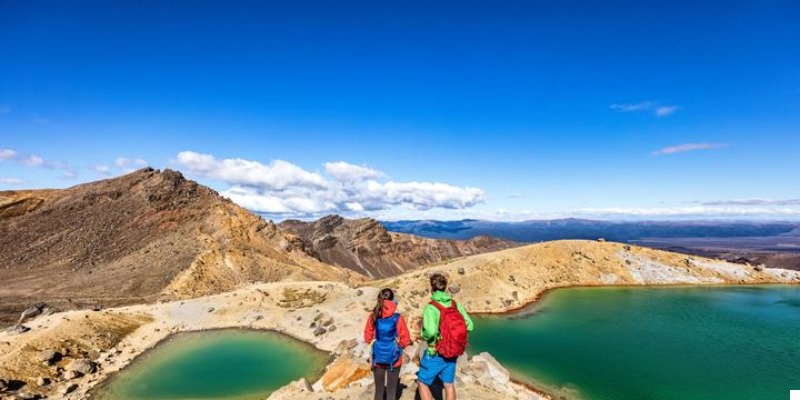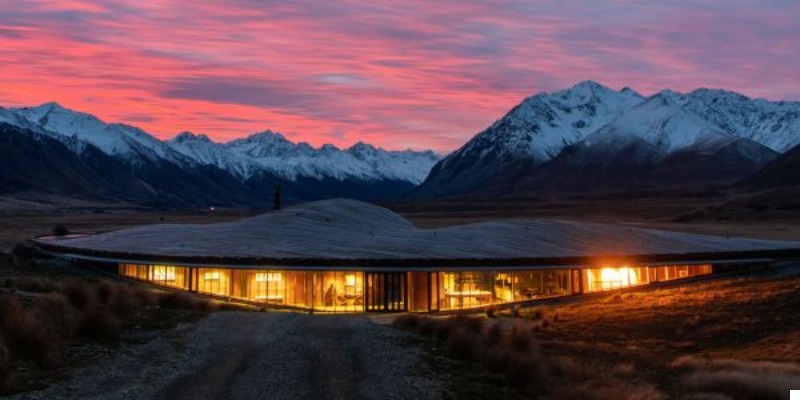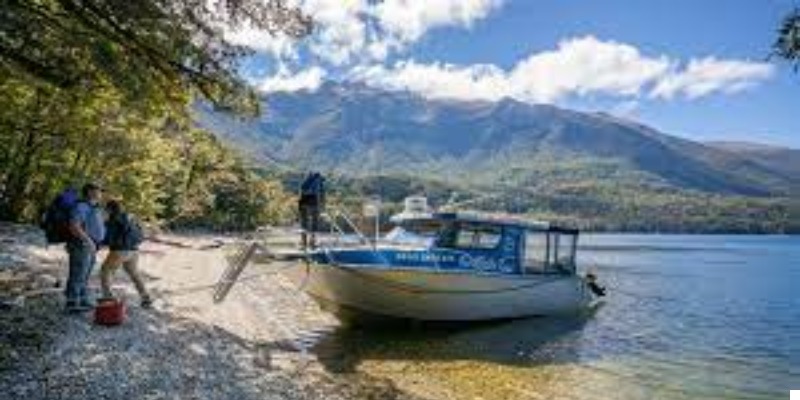People come from all over the world to enjoy New Zealand’s food, wine, and beer.
New Zealand has a lot to offer to wine and food connoisseurs and there are dozens of tours dedicated to food and wine in this fantastic country. Lovely wineries with cellar doors, restaurants, and cafes. Farmers’ markets and roadside stalls feature local growers and artisans selling their wares.
Fine dining establishments and food festivals While travelling through New Zealand, you can easily find unique food and wine experiences. These itineraries provide opportunities to sample wonderful wines and dine on fine New Zealand cuisine.
Farmers Markets in New Zealand

Visit all local farmer’s markets to stock up on fresh produce and tasty treats. You can cook a delicious meal in your camper using whatever you find at the market. Farmers markets are available almost everywhere in New Zealand. Some markets are simply too good to miss. This is our list of the best farmers markets in New Zealand.
Every week, 50,000 New Zealanders visit farmers’ markets. The global resurgence in interest in seasonal foods benefits local economies and communities. This quiet revolution is gradually transforming the way we shop, eat, and think about food. There are over 40 markets in New Zealand.
Wineries in New Zealand
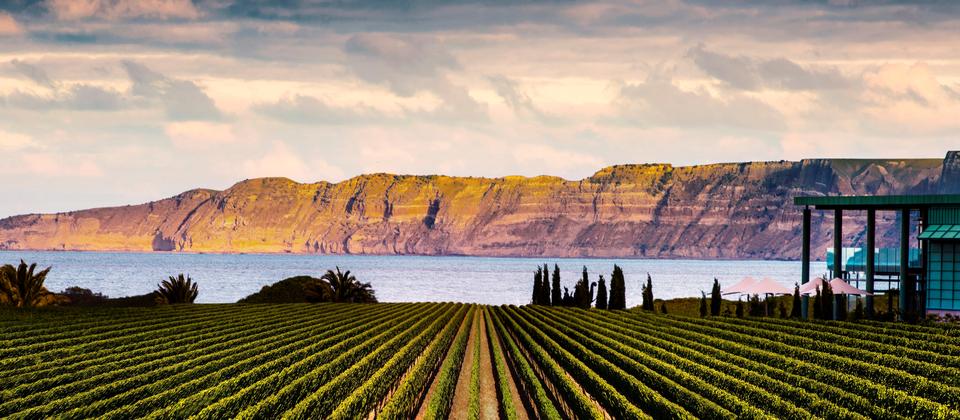
Food tourism is becoming more popular. New generations of tourists seek out memorable and one-of-a-kind food and beverage experiences. The primary industries of New Zealand are innovative, diverse, and high-performing.
They not only produce a diverse range of foods and beverages, but they also produce them in an environmentally friendly manner.
The Classic New Zealand Wine Trail highlights three significant wine regions.
As you travel from Hawke’s Bay on the North Island to Marlborough on the South Island, you will be able to enjoy stunning scenery, lush forest parks, vibrant nightlife, and delicious food. Along the way, there are stops in Wellington and Wairarapa.
Hastings and Napier

Napier and Hastings have some of the most beautiful Art Deco architecture in the world, thanks in part to the massive rebuilding that occurred following the 1931 earthquake. The vineyards of Hawke’s Bay are easily accessible. You can either drive yourself or take a tour. You can also cycle through the vines. You can get a winery map from the i-SITE Visitor Information Center and have lunch at one of the many fine winery restaurants.
Other attractions at Cape Kidnappers include the Earthquake Exhibition, Nga Tukemata, and Nga Tukemata. They can be found at the Cape Kidnappers Museum, as well as the Gannet Colony and Golf Course.
Martinborough to Napier
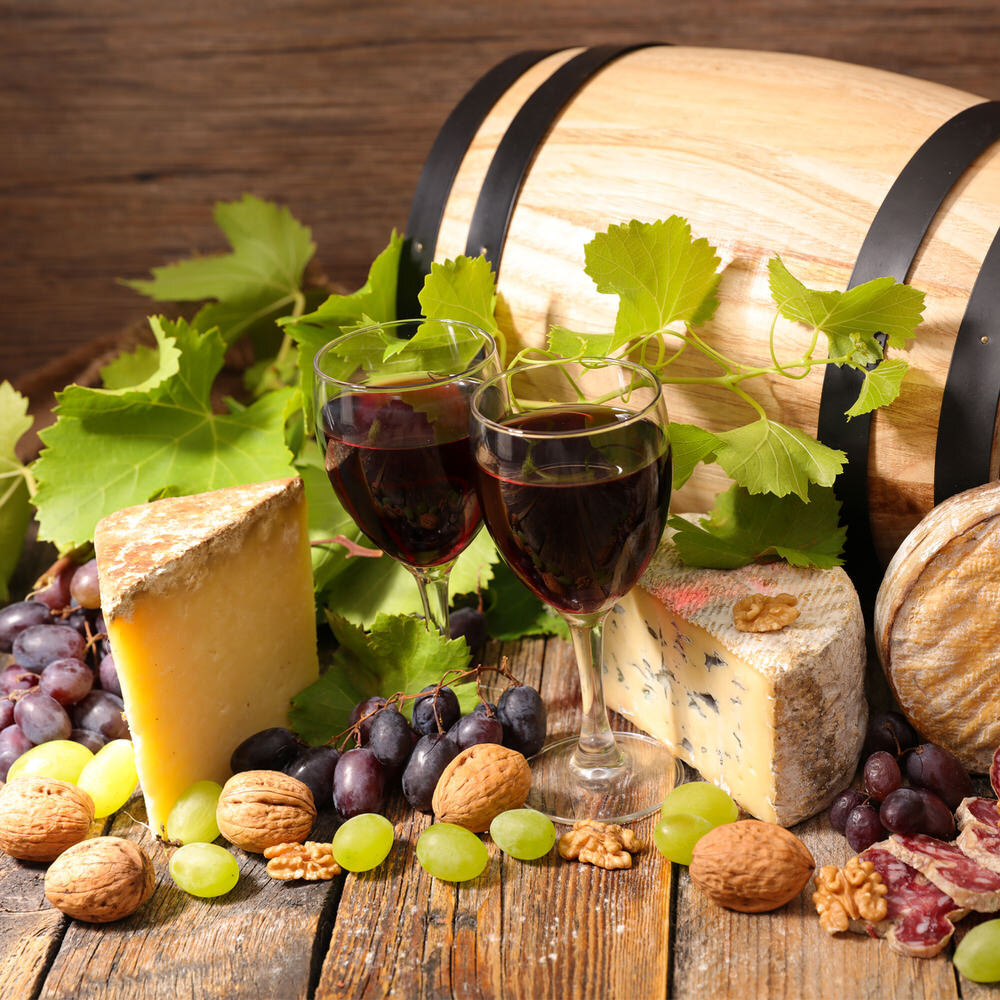
On the way to Wairarapa, stop at Pukaha Mount Bruce National Wildlife Centre. Wild birds such as the titipounamu, karearea (New Zealand falcon), and kereru can be seen. The kokako, kahurangi, may also be seen.
Wairarapa is home to a diverse range of towns. Carterton has a thriving artistic community as well as Stonehenge Aotearoa, a functioning replica of England’s famous henge. Greytown is a Victorian village filled with antique and boutique shops. Martinborough is home to more than 20 wineries.
The majority of them are within walking or cycling distance of the square. The town’s boutique vineyards produce some of New Zealand’s best pinot noir, making Wairarapa a popular wine-tasting destination.
Wellington to Martinborough
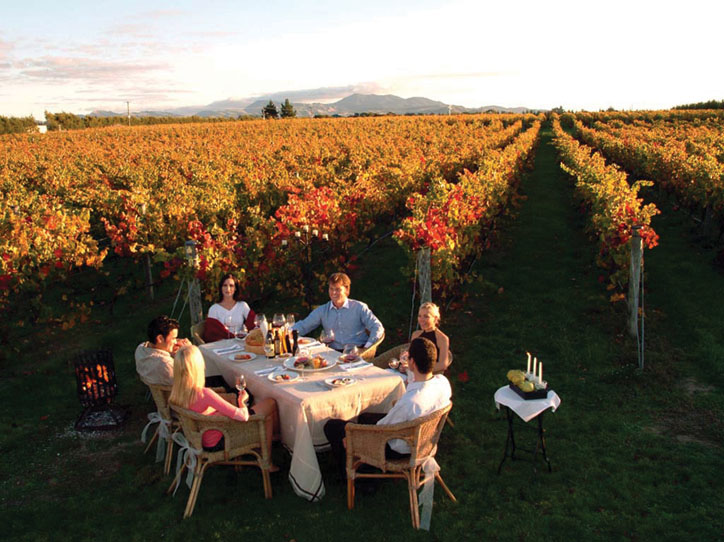
Stop in Featherston on your way to Wellington to see the world’s only Fell Engine. C’est Cheese is a must-see shop where you can buy artisan cheeses from all over the country. They also have a large selection of deli items.
The journey across the Remutaka Range provides breathtaking views in every direction.
Wellington is a small, cultural city with a lot of character. The downtown area is ideal for exploring on foot, nestled between the harbours and hills. There are numerous cafes, restaurants, and museums to choose from.
Wellington is well-known for its performances in dance, theatre, and music. This city, the capital of New Zealand, is steeped in political history.
The Marlborough Sounds Picton to Wellington

The ferry ride across Cook Strait and through the Marlborough Sounds is one of the most beautiful in the world. Crossing New Zealand’s North and South islands by cruise-style ferry takes only 3 hours. The Red Rocks seal colony and Tory Channel, Cook’s Lookout, and the beautiful coves at the Sounds are all highlights.
The ferry service’s South Island base is Picton, a picturesque seaside resort. It also houses the marine, forest, and island attractions of the Marlborough Sounds. Museums and interesting walks will keep your mind occupied while you’re there. More information about our museums and walks can be found here.
From Picton to Blenheim
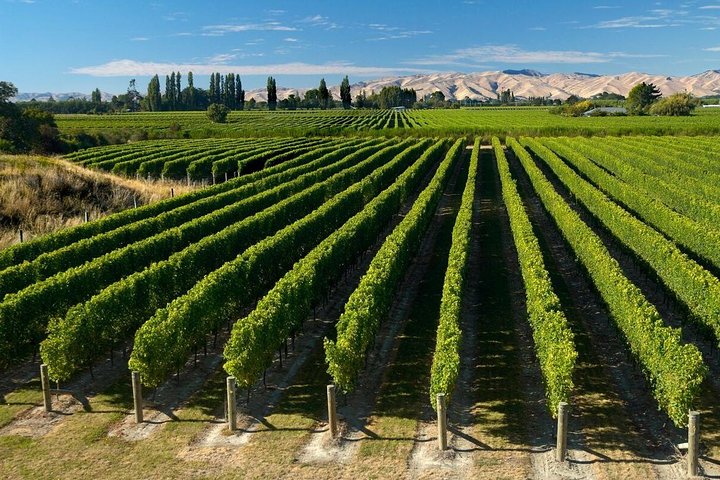
Blenheim is only a short drive away, through the Wairau Plains, past vineyards and wineries. More than 20 wineries are within easy driving distance of Blenheim. Make sure to try the famous Marlborough Sauvignon Blanc.
There are numerous excellent cafes, restaurants, and shops in Blenheim. Blenheim also has a variety of charming lodging options, including boutique hotels and homestays. Greenshell Mussels are a popular seafood delicacy in nearby Havelock.
You could extend your Classic New Zealand Wine Trail experience by visiting Central Otago, another wine region worth visiting.
Microbreweries and craft beer

Craft beer has grown in popularity over the last decade. Beer enthusiasts who want to support local businesses, on the other hand, may find it difficult to decide where to spend their money.
In New Zealand, there are numerous local breweries producing excellent craft beer. Who do you put your faith in to make it consistently delicious and of high quality?
The New World Beer and Cider Awards are an excellent place to begin. Every year, we select the top 30 beers and the top 100 highly commended beers.
There are a few breweries that bring beer to the New World party on a regular basis.
Manuka honey sourced locally

The Manuka tree is used to produce Manuka honey (Leptospermum scopearium, also known as Tea tree).
The New Zealand Tea Tree should not be confused with the Australian Ti tree, which is derived from the Melaleuca alternifolia native to Australia (aka Narrow-leaved Paperbark). It is not the same as New Zealand Tea Tree (aka Tea tree).
As you can see, these trees are very different. Both the Australian and New Zealand plants are medicinal. However, the honey is produced by Manuka trees in New Zealand.
Manuka honey is being used as an antibiotic replacement in the treatment of ear, nose, and throat infections. It has also been used as a burn dressing and as a wound-healing agent for slow-healing wounds. Manuka honey’s antibacterial properties are due to the UMF, or Unique Manuka Factor. When honey is reduced, hydrogen peroxide, a well-known antibiotic, is produced.
The enzyme was added by the bees. Manuka honey is also known to have antibacterial properties. Because the substance responsible is unknown, the name UMF was chosen. Manuka honey contains more of this substance than other honeys.
Higher UMF factors denote more powerful properties. The majority of UMF honey, including grade 30 and 40 UMF, is now being used in hospitals. A kilogramme of higher-quality honey would cost around NZD1,000.
We must thank the amazing honey bee for its interaction with the Manuka tree in order to produce this precious honey. We must all be aware of the critical role that bees play in the world and do everything possible to ensure their survival.
Pesticides and diseases are causing a rapid decline in the world’s bee population. The decline in honey production has an impact not only on honey quality, but also on crop pollination. According to estimates, bees pollinate one-third of all food crops worldwide each year.
New Zealand seafood is world-renowned
Snapper
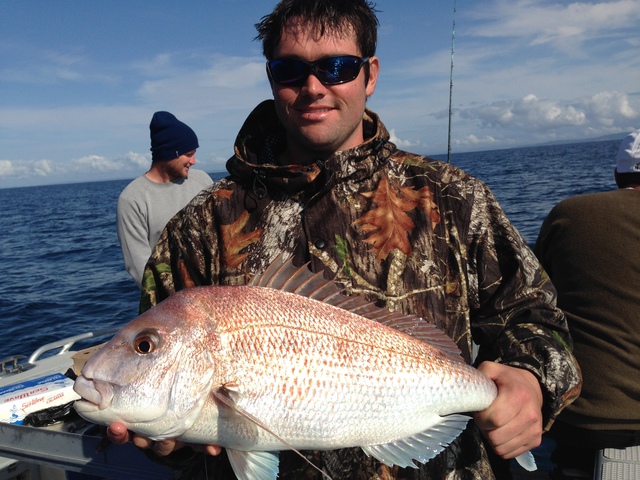
Snapper (or Tamure, as it is known in Maori) is the most popular fish in New Zealand. The snapper flesh is light in colour and has a mild, sweet flavour. Gurnard is a popular fish with bright red scales that can walk on the seafloor. Gurnard is a tasty fish that holds its shape even after cooking.
The dark flesh of the Kahawai is frequently smoked with Manuka-wood chips before being made into fish pie. During the winter, blue cod is abundant in southern New Zealand. Blue cod fillets can be thick while remaining delicate and flaky. They are frequently used in seafood chowder.
Crayfish
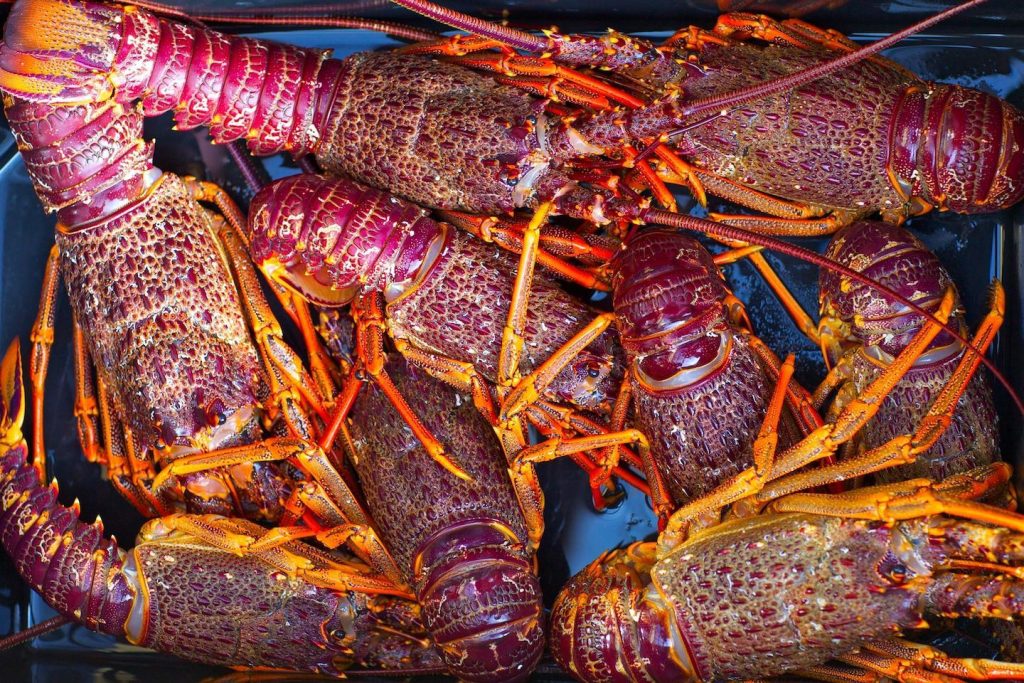
Although they resemble lobsters, the New Zealand crayfish lacks claws and has one fewer leg. Crayfish prefer rocky areas and deep seabeds. They are especially plentiful along the coast of Kaikoura, New Zealand. Crayfish is a rich and creamy delicacy that is frequently served at Christmas or other special occasions.
The king salmon (Chinook salmon)
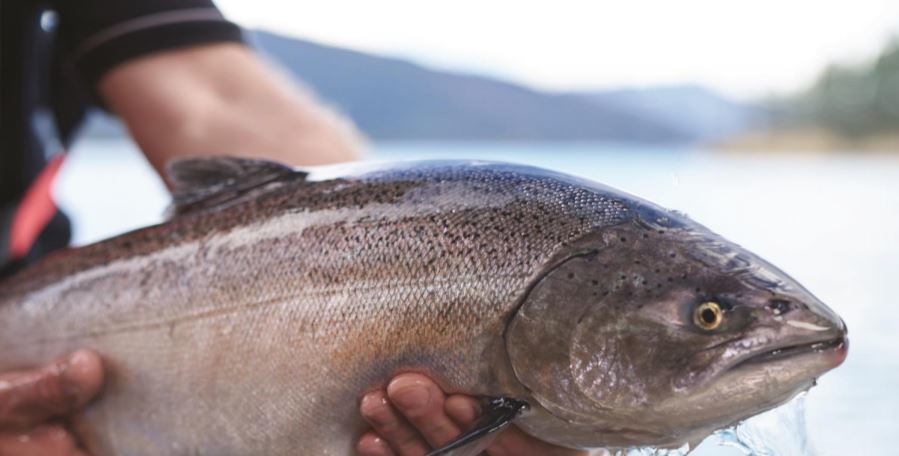
More than half of the world’s king salmon is produced in New Zealand. The highest natural oil level of Omega-3s, which are beneficial to both the heart and the joints, is found in king salmon. Salmon thrive in the cold waters of Mt Cook (Aoraki), Wanaka, and Akaroa. The flesh of king salmon is tender and flavourful, whether sliced whole or in fillets. It can be smoked, grilled, or consumed raw.
Mussels
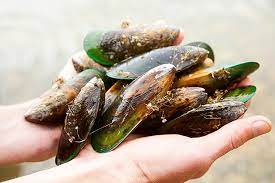
Green-lipped mussels are distinguished from other mussels by their dark green shell and bright green lips. Mussels can be harvested all year in New Zealand’s coastal areas, but the majority are grown on farms in the Marlborough Sounds and The Coromandel. Males have an orange shell, while females have a white shell. They both taste the same. They are delicious as a fritter when steamed with white wine or garlic.
Paua (abalone)
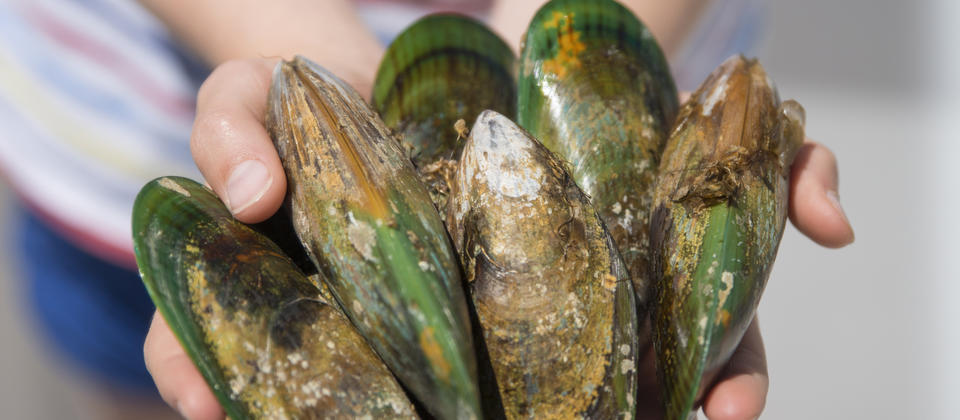
Paua is a popular delicacy in New Zealand. The dark green paua meat comes in a palm-sized thick, oval-shaped shell. Swirls of bright green, yellow, and purple can be found inside the shell. In New Zealand, gift shops may sell imitation paua shell jewellery. Paua is delicious as a fritter or in a creamy buttery chowder with rewena bread. The meat is frequently minced due to its chewy texture. Paua fritters are available at most fish and chip shops throughout the country.
Scallops
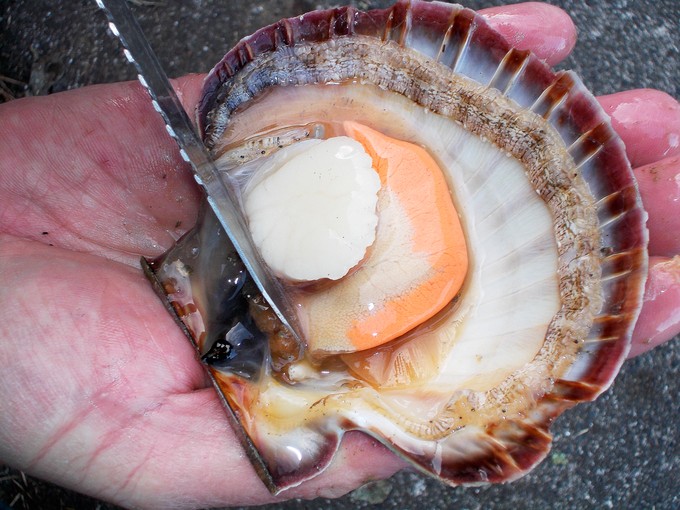
Scallops, a New Zealand favourite, are a must-try when visiting the country. From July to February, they are available. Scallops prefer to live in The Coromandel or Northland, despite the fact that they can be found all over the country. They inhabit the mudbanks of protected bays. The scallop is frequently served with roe as an entree (the orange flesh). Because of their sweet flavour, cooking the scallops in butter is frequently sufficient.
Oysters
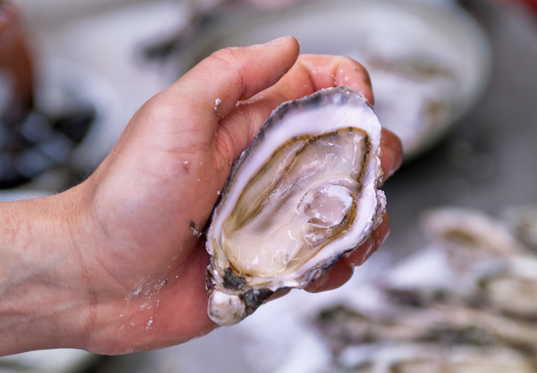
Oysters from New Zealand are large, plump, and delicious. From April to December, the oyster flesh is crisp and fat. While the texture is creamier from October to December, The Bluff oyster is New Zealand’s largest species.
The Bluff oyster has a stronger flavour and is often thicker than the other species. It is large enough to cover your entire hand. Oysters should be consumed raw, straight from the shell.
Kina
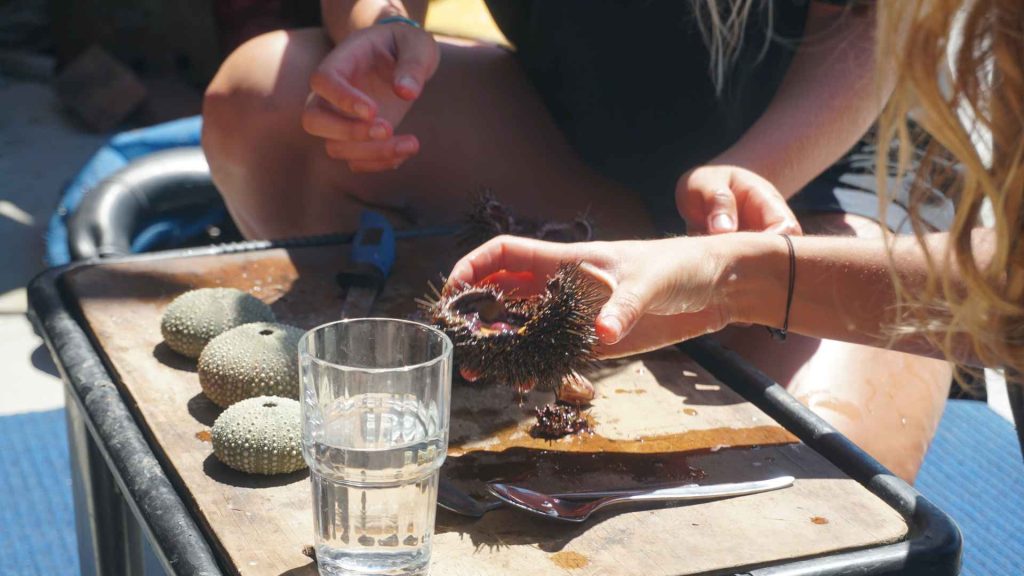
Kina is a sea urchin native to New Zealand. The yellow-to-orange flesh (roe) inside is shielded by a tough but beautiful shell. Many people enjoy the texture and flavour of kina flesh, which is almost buttery. Female kina flesh is more grainy than male kina flesh. Pottles made from fresh kina flesh/roe are sold in New Zealand’s ‘fish and chips’ shops. Pottles can also be found at supermarket deli counters.
Maori hangi (traditional)
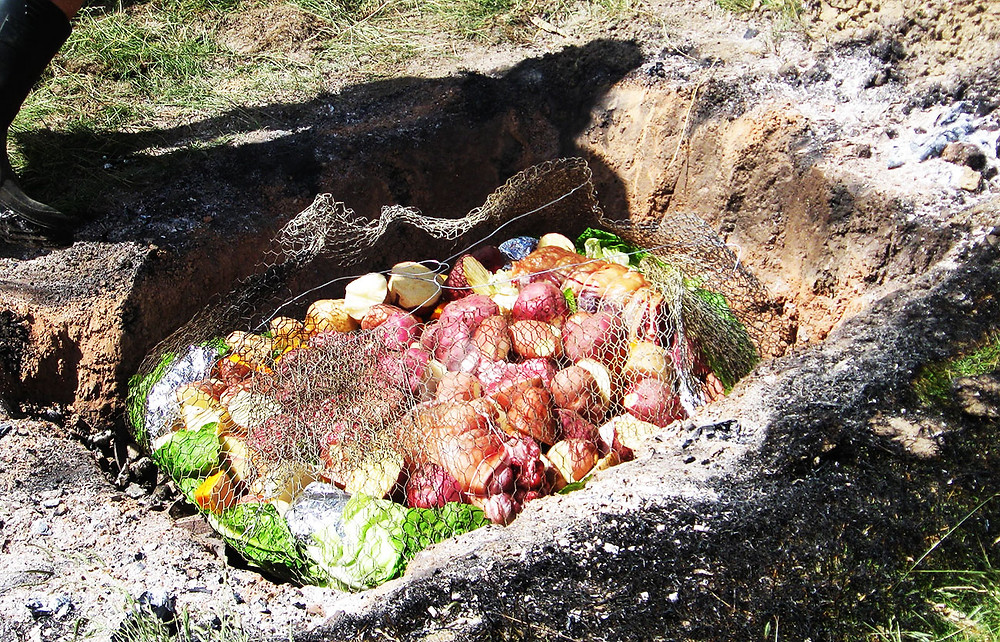
Hangi, a Maori dish cooked in an earth oven by the Maori people of New Zealand, typically contains a variety of meats and vegetables.
Keep in mind that Maori groups are primarily found on New Zealand’s North Island. If you only visit the south, you will have few (if any!) Maori encounters.
What exactly is Hangi?
An umu is a Maori traditional method of cooking food with heated rocks and buried in an earthen oven.
The umu, or underground pit, has been used to cook food for Pacific Islanders as well as people from other countries such as Peru (pachamanca).
The umu was originally used to cook sweet potatoes and fish, but the variety of ingredients has grown over time, and today’s Hangi is likely to include chicken, pork, and sweet potatoes.
